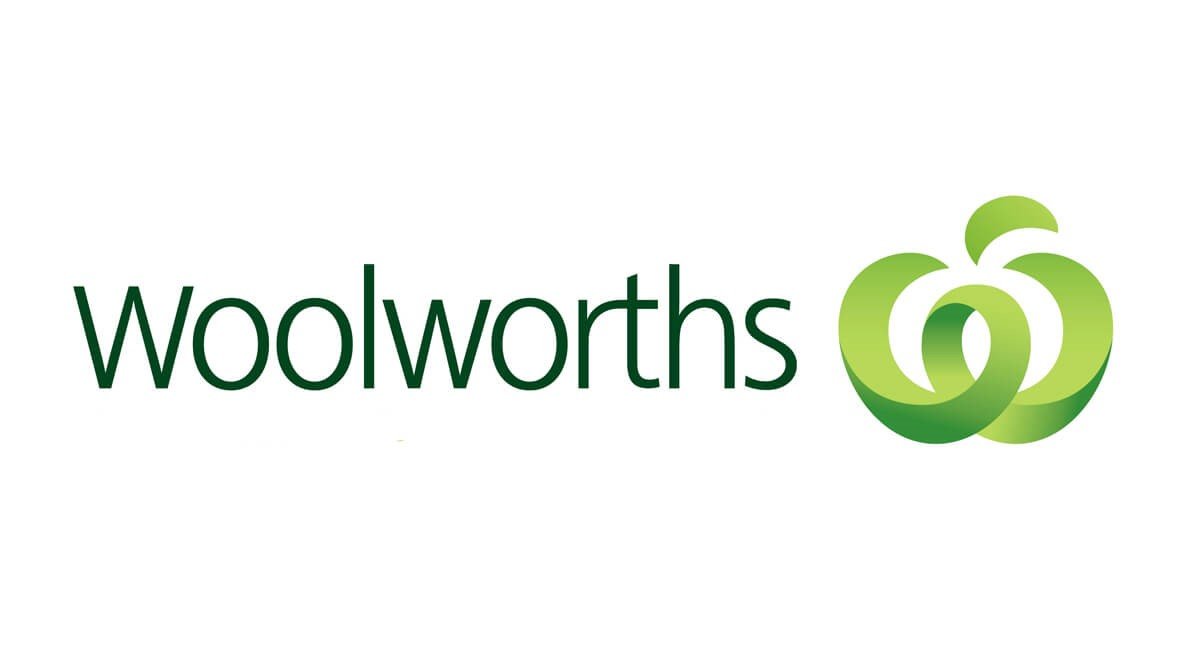Woolworths SWOT analysis – SWOT analysis of Woolworths: A chain of supermarkets with its headquarters located in Australia, Woolworths is owned by Woolworths Limited. The Woolworths supermarket chain which has an extensive network of stores in Australia can be described as the market-leading in the field of food and grocery retail, holding more than 80 percent of the total market.
The retailer offers a vast range of products collection that includes grocery items, vegetables, and non-vegetarian items including bakery products, toiletries confectionery, home furnishings kitchenware, clothing as well as footwear, and various products. The main goal of the chain supermarket is to make sure that they’ve got everything they need for the consumer to ensure that customers do not need to shop elsewhere.
The supermarkets are stocked with all the top brands, including private label products from Woolworths which are well-known and aimed at serving customers by providing them with the most affordable products throughout all seasons. The company has around 1000 stores in Australia including 17 convenience stores and 976 supermarkets.
Woolworths fun facts: The first Woolworths store opened inside The Old Royal Hotel in Cape Town in 1931 and was founded by Max Sonnenberg along with his son Richard.
About Woolworths – SWOT analysis of Woolworths
Contents
- 1 About Woolworths – SWOT analysis of Woolworths
- 2 Woolworths Competitors
- 3 SWOT analysis of Woolworths – Woolworths SWOT analysis
- 4 Strengths of Woolworths – Woolworths SWOT analysis
- 5 Weaknesses of Woolworths – SWOT Analysis Of Woolworths
- 6 Opportunities of Woolworths – Woolworths SWOT analysis
- 7 Threats of Woolworths – SWOT analysis of Woolworths
- 8 Overview Template of Woolworths SWOT analysis
- 9
[wp-svg-icons icon=”office” wrap=”I”] Company: Woolworths Limited
[wp-svg-icons icon=”user” wrap=”I”] CEO: Bradford Banducci
[wp-svg-icons icon=”user” wrap=”I”] Founder: Stanley Edward Chatterton | Cecil Scott Waine | Ernest Robert Williams | Harold Percival Christmas | George William Percival Creed
[wp-svg-icons icon=”calendar” wrap=”I”] Year founded: 22 September 1924
[wp-svg-icons icon=”location-2″ wrap=”I”] Headquarters: Bella Vista, Australia
[wp-svg-icons icon=”stats” wrap=”I”] Annual Revenue: USD$31.89 billion
[wp-svg-icons icon=”bars” wrap=”i”] Profit | Net income: USD$1.2 billion
[wp-svg-icons icon=”users” wrap=”I”] Number of employees: 115,000
[wp-svg-icons icon=”pie” wrap=”i”] Products & Services: Clothing | Footwear | Accessories | Groceries | Beauty products | Homeware | Financial services
[wp-svg-icons icon=”globe” wrap=”I”] Website: www.woolworthsgroup.com.au
Woolworths Competitors
[wp-svg-icons icon=”pacman” wrap=”I”] Competitors: Walmart | Sainsbury | Big Bazaar | UMS | Mera | Carrefour | Tesco | LIDL | Walmart | Coles Group | Kroger | Target Corporation | Amazon
SWOT analysis of Woolworths – Woolworths SWOT analysis
SWOT Analysis Of Woolworths is brand-based. SWOT Analysis of Woolworths evaluates the brand’s strengths, weaknesses, opportunities, and threats. Advantages and disadvantages can be attributed to internal factors while opportunities and threats can be attributed to external factors. We will be discussing Woolworths’s SWOT Analysis. Below is the detailed SWOT Analysis of Woolworths.
Let’s talk about Woolworths’s SWOT assessment.
Strengths of Woolworths – Woolworths SWOT analysis
- Market leader: The Australian retail market is completely controlled by two main market players: Coles as well as Wool Worths both of which are market leaders. In this regard, Woolworths almost holds 80 percent of the market share, which has significantly reduced the risk of competition.
- The penetration of segments: Woolworths started by focusing on the upper class, and, to achieve this they made sure they had plenty of premium brands. The supermarket chain began expanding into the lower-value segments, by making sure that their private brands were quality brands. Today, they enjoy a large presence at both ends of the spectrum.
- Controlling perceptions: The principal factor that has contributed to the growth of Wool worths lies in the simplicity with which they’ve been capable of managing perceptions and balancing segments across income levels. This is made possible thanks to pricing as well as a promotion policy that isn’t entirely low-end, but not completely high-end. This has also assisted in growing their business in the middle-class segment by almost 55 percent.
- Employer policies: Woolworths is considered to be a people-knowledgeable employer. In addition to employing a diverse workforce, Woolworths has always been aware of ensuring that employees are properly trained and respectful. To ensure that employees are satisfied and to supplement the pay, the company gives bonuses and other perks frequently to employees.
- Good customer tracker: Woolworths is continuously tracking their customers using the business analytics tools specifically designed specifically for this purpose as well as the use of social media analysis. They also track the cost of shopping for customers and make sure the shelves of their store are full of fast-moving items.
- Promotions: Woolworths follows an aggressive strategy for promotions, where each week, customers are informed of promotions that are running. The company also focuses on its value offer and strives to keep its entry-level pricing the lowest on the market.
Weaknesses of Woolworths – SWOT Analysis Of Woolworths
- Confusion in position: Woolworths target several income categories with the same merchandise. This results in a situation where it gives confusing signals to the consumer who doesn’t know if the retailer really has good value for money.
- Partially-adjusted behavior to specific markets: Woolworths targets both the premium and value segments, offering aspirational and affordable products. However the company is known to favor those with higher incomes, offering the market more attention, and higher quality products, and services.
- Price wars: Woolworths constantly finds itself in an ongoing price war with its most competitive and closest rival Coles. To try to compete with its rivals, the chain has made some serious pricing mistakes that have led to massive losses.
Opportunities of Woolworths – Woolworths SWOT analysis
- The focus is on the experience: Every retailer has something similar to offer especially to the segment of value. The potential is in the ability to enhance the shopping experience. They could be self-checkout customized services, personalization, loyalty programs, or artificial intelligence-based shopping assistants. These types of experiences can help distinguish and also the retailer may be charged extra for customers who want to use these services.
Threats of Woolworths – SWOT analysis of Woolworths
- Competition: The biggest competitors of Woolworths are Coles. Additionally, now that online retailers such as Amazon are branched out into the retail of food, they pose significant threats too.
- Health-focused: The increased awareness and concern about health have made consumers very aware of the products they purchase they buy and the way they buy. Organic and chemical-free products are in huge demand nowadays and supermarkets will have to alter their product offerings to adapt to the new trends that will pose a risk for the future.
You May Also Like:
- Sensodyne SWOT analysis – SWOT analysis of Sensodyne
- Revlon SWOT analysis – SWOT analysis of Revlon
- Air France Swot analysis – Swot analysis of Air France
- Pampers SWOT analysis – SWOT analysis of Pampers
- Pears Soap SWOT analysis – SWOT analysis of Pears Soap
Overview Template of Woolworths SWOT analysis
This is the SWOT analysis of Woolworths. Please let us know if you have additional suggestions to add.
[wp-svg-icons icon=”bubbles” wrap=”i”] Let us know What do you think? Did you find the article interesting?
Write about your experiences and thoughts in the comments below.



